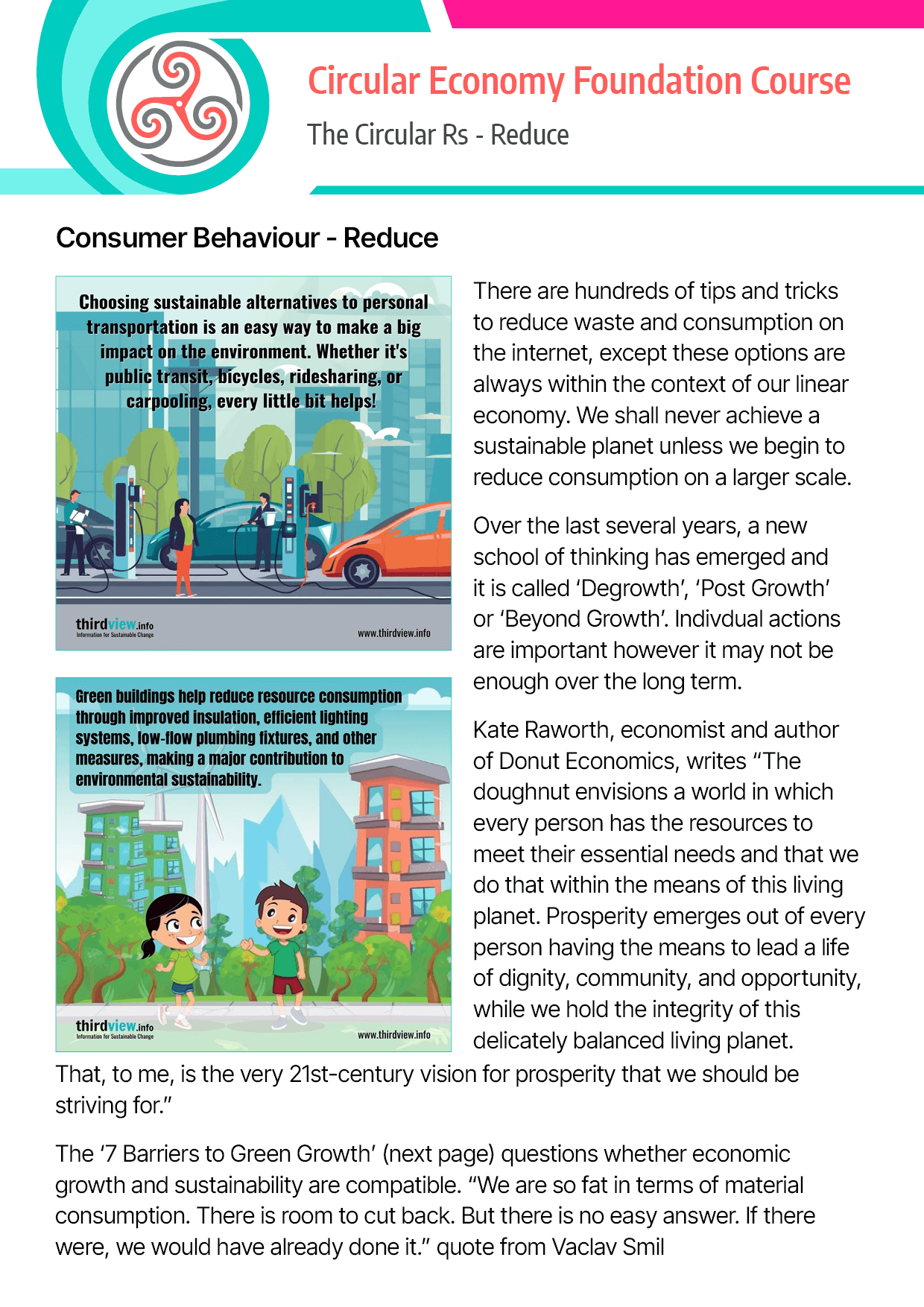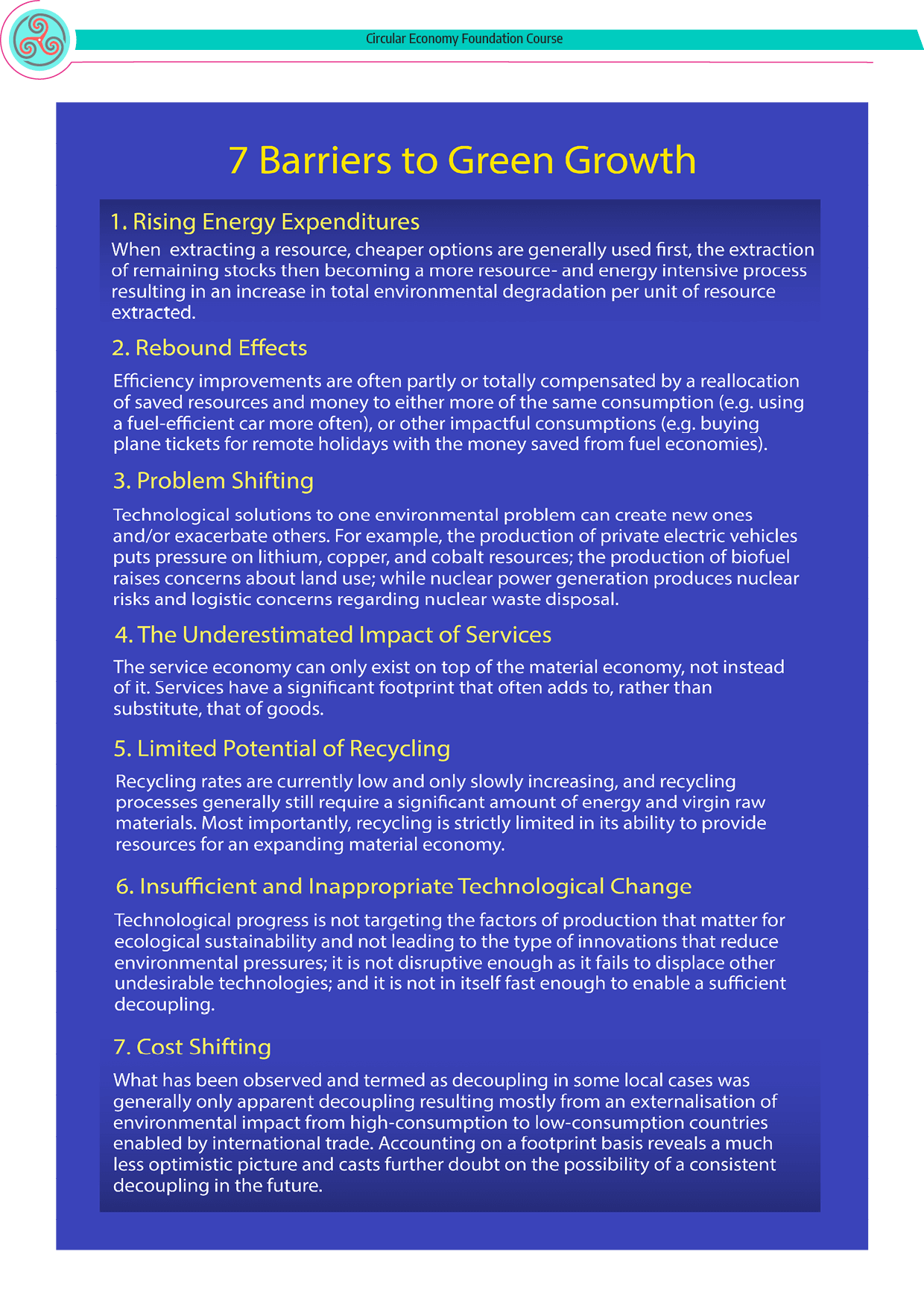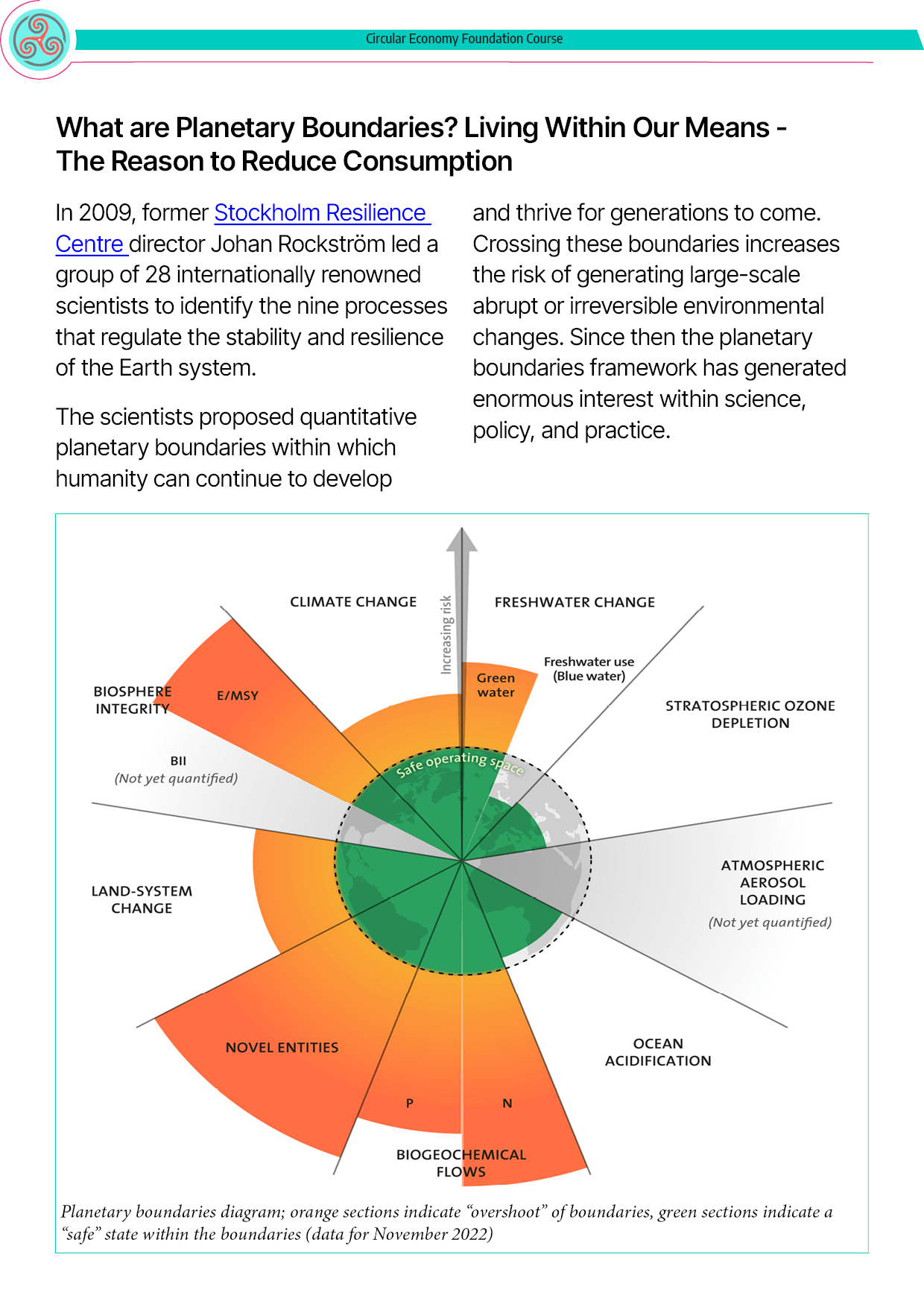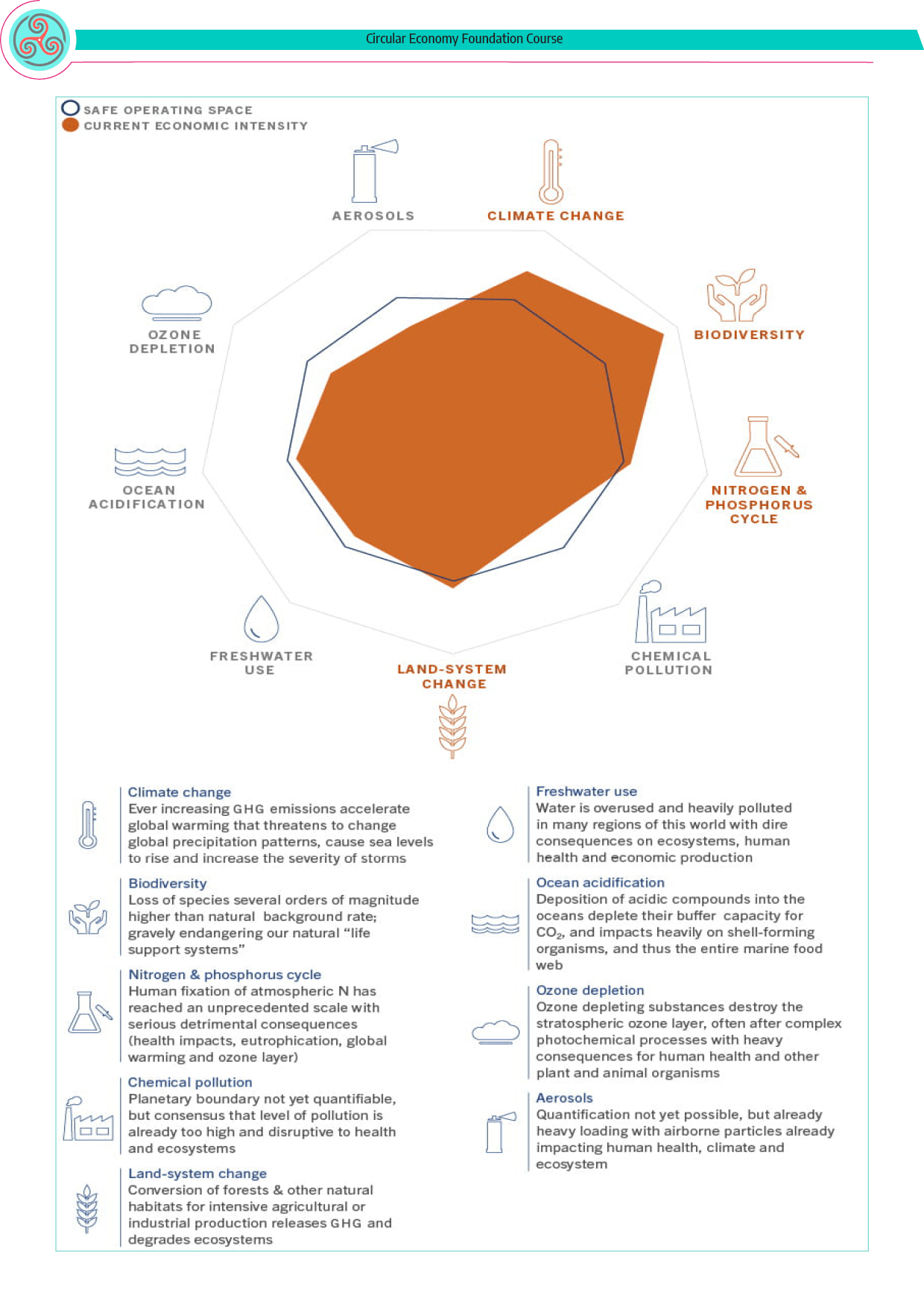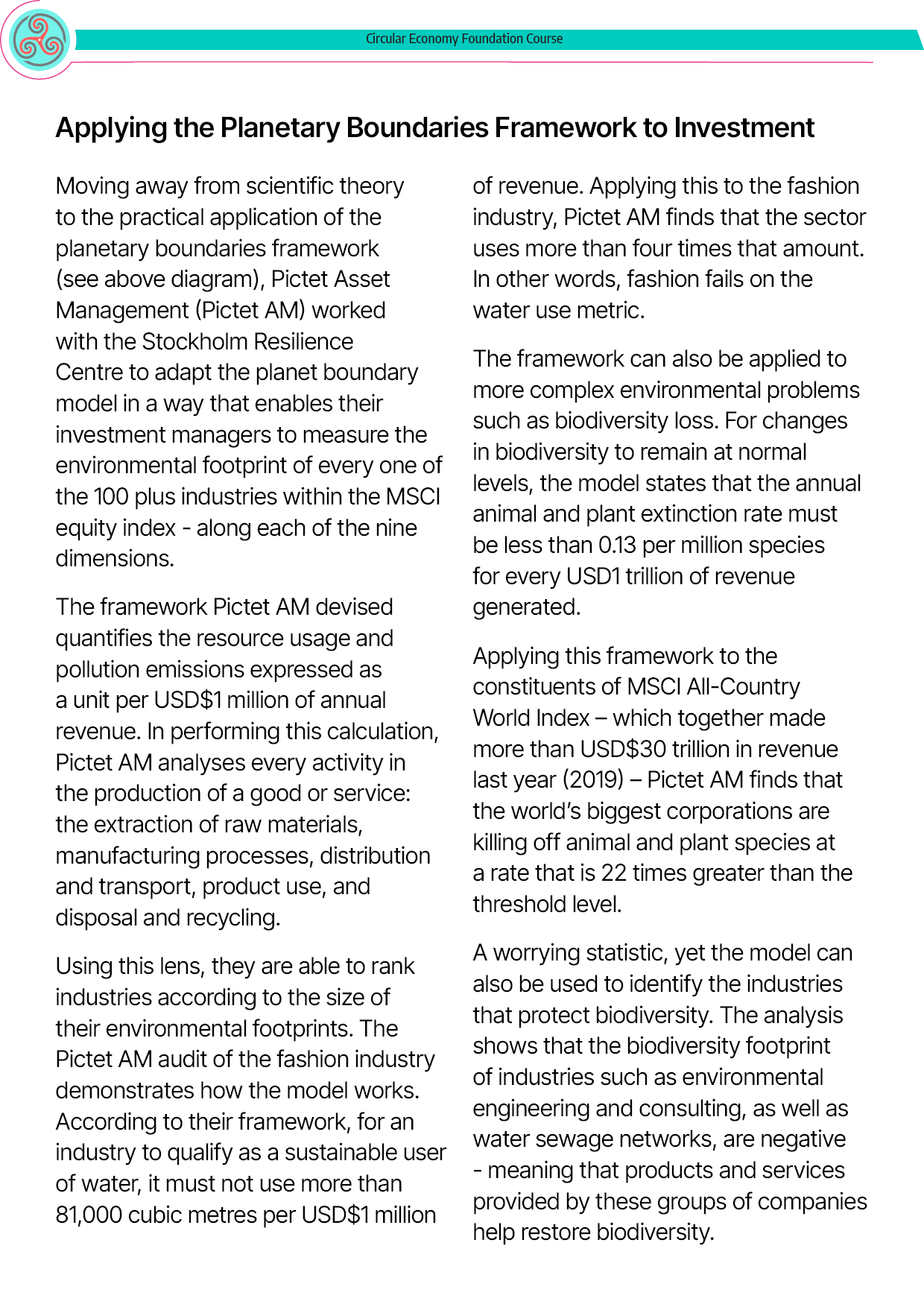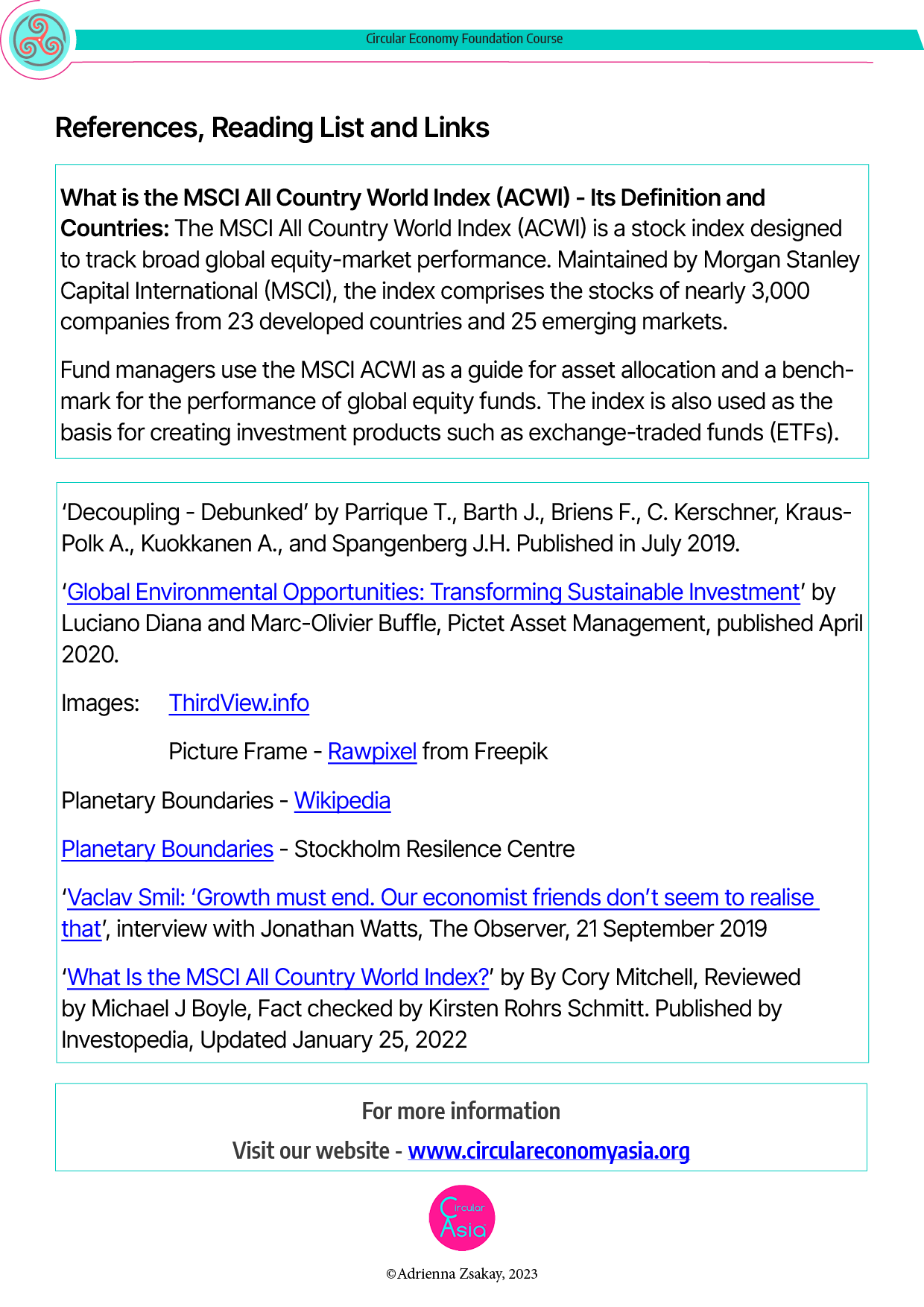Reduce – Part of the Circular Economy
Reducing or lowering consumption will only be realised if we value longevity and reuse over the purchase of virgin material-based goods. This message has not yet been fully adopted by businesses, even those that are starting to understand the appeal of circular economy. Circularity can be an effective way to achieve the transformation we need to make sustainable use of the planet’s resources.
But pursuing circularity as an end in itself gives us a false sense of security and could even drive worse outcomes. To avoid this, we need metrics that keep us focused on the impacts we seek, together with targets that ensure we stay within the safe operating space and don’t venture beyond the ability of the planet to support society. (Source: Here’s What Could Go Wrong with the Circular Economy – and How to Keep it on Track)
Click to enlarge and scroll images
Reduce – A Consumer Behaviour
The circular economy is a model of production and consumption, which involves sharing, leasing, reusing, repairing, refurbishing and recycling existing materials and products as long as possible. In this way, the life cycle of products is extended. Reducing consumption is one solution to environmental problems associated with climate change, as it lowers resource use and prevents waste creation. Another school of thought gaining popularity is degrowth. Degrowth targets economic growth and differs from other approaches for fitting the economy within planetary boundaries.
Download the third part – Reduce: Human Behaviour PDF file.![]()
The Circular Rs are part of the Circular Economy Foundation Course.
References:
- Reduce: OnlineWebFonts


